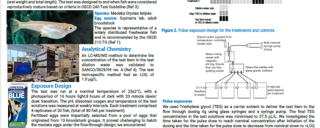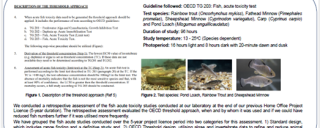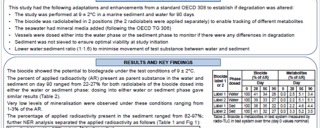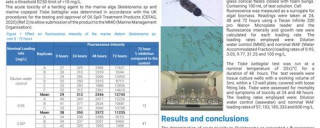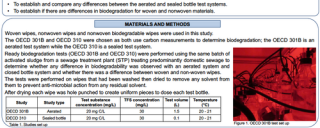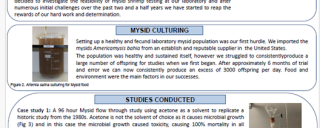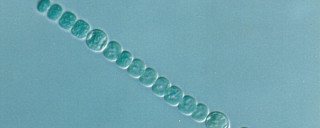A review of the use of the OECD threshold approach for fish acute studies
Walton, H., Fox, M.
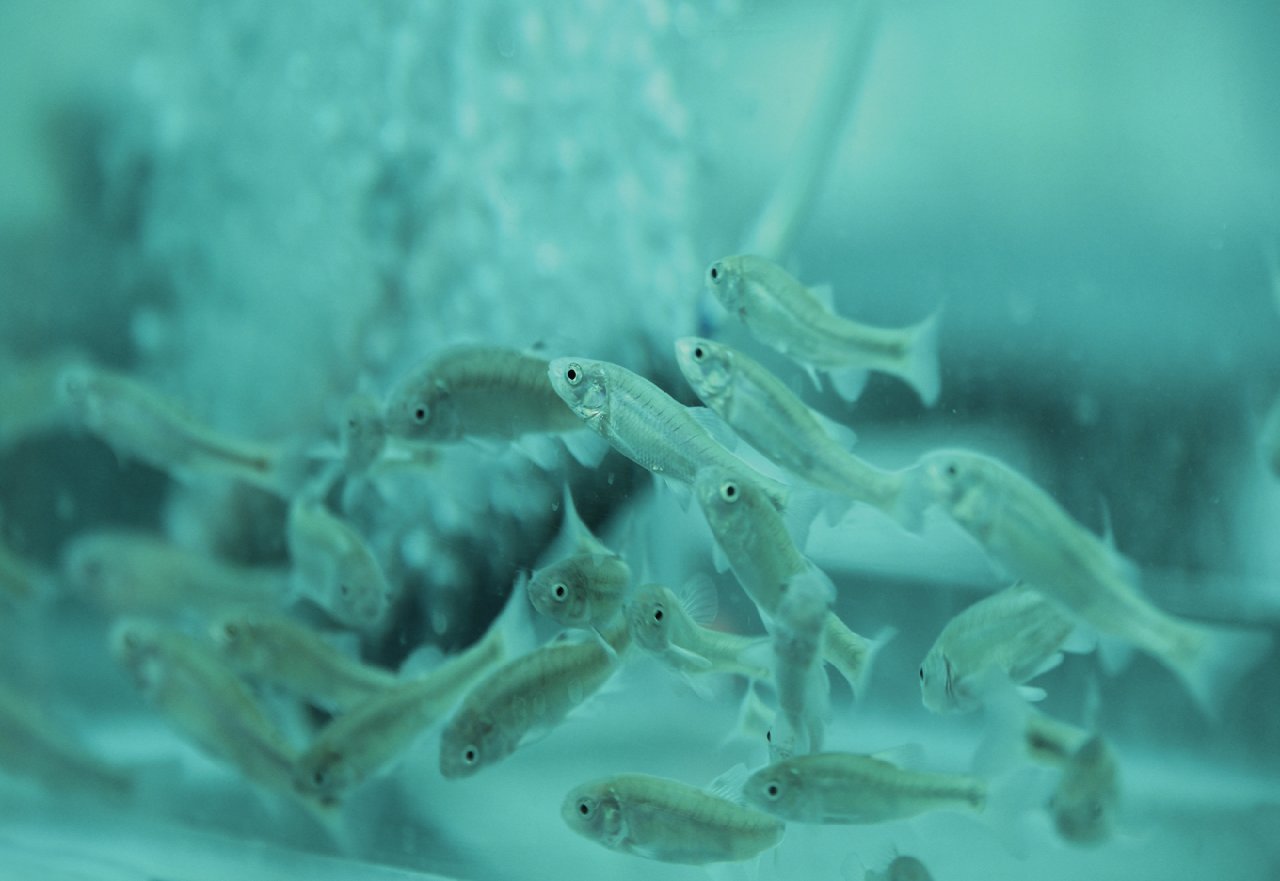
Fish acute toxicity studies (OECD TG 203 Ref 1) are embedded in global regulatory frameworks for chemical risk assessment however, this study type is ethically controversial as a vertebrate study with a lethality endpoint. Alternative approaches are available (OECD TG 236 OECD TG 249 Refs 2 3) but not yet widely accepted by regulatory authorities. Projects are ongoing to support the use of alternative approaches ( SWiFT Ref 4) however for the meantime LC 50 determinations using OECD TG 203 are still required.


We conducted a retrospective assessment of the fish acute toxicity studies conducted at our laboratory at the end of our previous Home Office Project Licence 5 year duration). The retrospective assessment evaluated the OECD threshold approach.
Fish acute toxicity studies are routinely conducted at Scymaris Ltd to support global chemical risk assessments and the OECD threshold approach (Ref 5 is used wherever possible). Not only does this approach negate the need for range finding, but it also reduces animal numbers from 42 to 12 fish in most cases.
The threshold approach utilises data generated from algae (OECD TG 201 Ref 6) and Daphnia magna (OECD TG 202 Ref 7) studies to set a limit concentration for the fish study. Only if mortality is observed is a full range of 5 test concentrations required. This approach aids the 3 R’s principles by reducing animal numbers and refinement of the test concentration by utilising data from other test organisms.
This website uses cookies to ensure you get the best experience. Learn more
